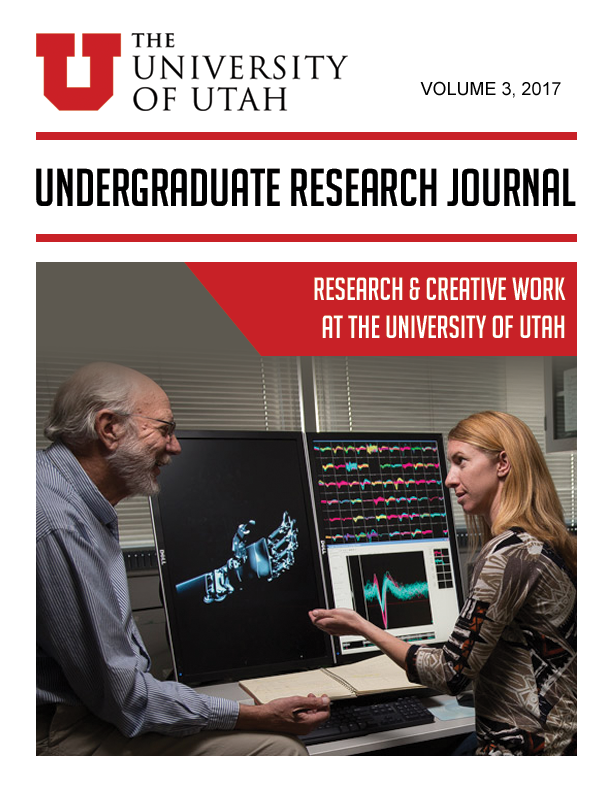West Antarctica as a Natural Laboratory for Single- and Mixed-Phase Cloud Microphysics
Abstract
Clouds are important atmospheric features that contribute to energy regulation in the global climate system. Remote and unaffected by local pollution sources, Antarctica offers a unique laboratory to study clouds and their influence on the surface energy budget. The study of these clouds is particularly interesting as global temperatures increase and ice sheets begin to melt. As solar radiation travels to the surface of Earth, clouds over Antarctica absorb and scatter that radiation. The amount of radiation absorbed depends on certain physical properties of the cloud, including its thermodynamic phase (whether the cloud consists of ice crystals, liquid water droplets, or a mixture of both), cloud base height, optical depth, and effect cloud particle radius. This research includes analysis of data from active and passive remote sensors deployed at the West Antarctic Ice Sheet during the 2015-2016 summer field season. Cloud microphysical properties were retrieved via differential analysis of solar spectra as well as a numerical radiative transfer model. These parameters have never been examined in this way on the West Antarctic Ice Sheet, and their values will be essential to understanding how clouds over West Antarctica influence our changing global climate.Keywords
Authors who submit to this journal must agree to the following terms:
a) Authors retain copyright over their work, while allowing the conference to place this unpublished work under a Creative Commons Attribution License, which allows others to freely access, use, and share the work, with an acknowledgement of the work's authorship and its initial presentation at this conference.
b) Authors are able to waive the terms of the CC license and enter into separate, additional contractual arrangements for the non-exclusive distribution and subsequent publication of this work (e.g., publish a revised version in a journal, post it to an institutional repository or publish it in a book), with an acknowledgement of its initial presentation at this conference.
c) In addition, authors are encouraged to post and share their work online (e.g., in institutional repositories or on their website) at any point before and after the conference.
d) The Author grants Marriott Library the nonexclusive, perpetual, worldwide, irrevocable right to reproduce, distribute, display, publish, archive, preserve, digitize, transcribe, translate, provide access and transmit their work (in whole or in part) for any non-commercial purpose including but not limited to archiving, academic research, and marketing in such tangible electronic formats as may be in existence now or hereafter developed.
e) Marriott Library may elect, in its sole discretion, not to exercise the rights granted herein.
f) Author shall retain copyright in and to the Work and Marriott Library shall provide proper attribution in its exercise of the rights granted herein.
g) Author is solely responsible and will indemnify and hold Marriott Library and/or the University of Utah harmless for any third party claims related to the Work as submitted for publication.



